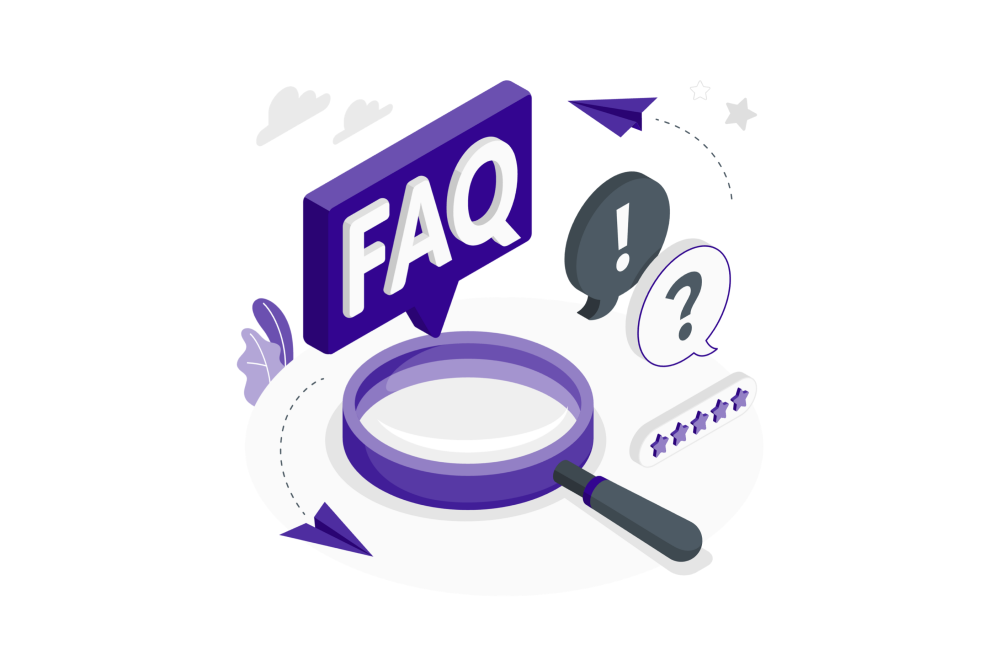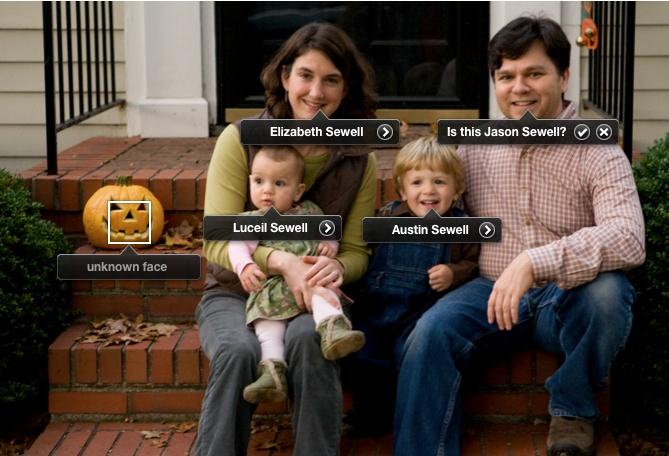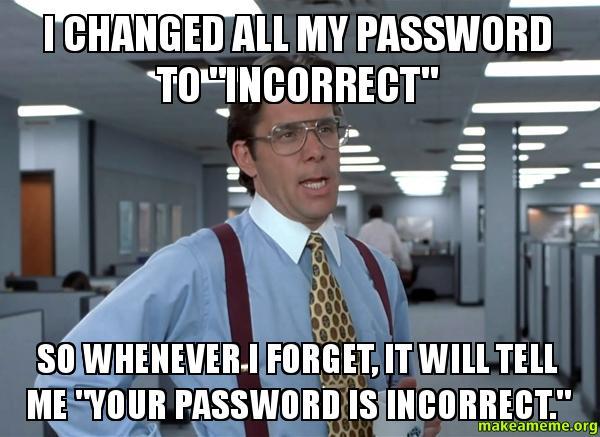5 things you need to know about face authentication Written on

How many passwords and codes do you need to use on a daily basis? Just take the time to count them. You'll probably be sick and tired by the fifth. But I bet the list hasn't ended. We have said it here before: the average person has up to 100 different passwords to remember. As a customer, it's pretty obvious that passwords can be a huge pain.
But, as a business leader, passwords are also a problem. By authenticating your customers and employees with credential-based methods, you're exposing your company to security threats and making the customer experience frustrating and unpleasant. Because of the effort authentication requires, customers may feel discouraged to complete some transactions. And they'll certainly look for a seamless experience elsewhere.
Put in other words: passwords are risking both your company’s security and long-term profit.
So, what are the options?
Face authentication has gained popularity in recent years as an accurate, secure passwordless authentication method. It offers customers an easier and more convenient way to verify their identity and access, while still ensuring a robust level of security and privacy.
Chances are that you have questions about it. In this article, we will answer the top five questions regarding face authentication:
- What’s the difference between face authentication and face recognition?
- Why is it safer than using passwords?
- How accurate is face authentication?
- What are the business operational benefits of face authentication?
- How can you implement face authentication in your business workflows?
Find out how you can improve customer experience and reduce security vulnerabilities by incorporating face authentication into your user access methods. In case you still have questions after reading the blog, feel free to send us a message.
#1: Face authentication is not the same as face recognition
There is a tendency to use both concepts interchangeably as if they were synonymous. However, they are not the same.
In face recognition, a person's image is compared against a database of images of several people's faces. The technique is often used to determine if a person is on a watchlist or to prevent retail crime, find missing people, and reduce crime. Generally speaking, users don't have to give explicit consent for these activities since they are related to public security.
Face recognition is also used by social media platforms to help users easily tag friends and family in their posts.

In contrast, face authentication involves matching a person's face with a private prior enrolment the user created specifically for that purpose. Users must give their explicit consent for the process to take place and their faces' images are not used for law enforcement or other purposes, but rather for private and secure access control.
#2: Face authentication is more secure than passwords
Passwords leave customers and companies vulnerable to cybercrime. Password complexity has increased over time to improve resilience and security. The longer and more complex the password, the better, since deciphering times increase exponentially. But it has been proved that long strings of letters and numbers aren’t enough to stop hackers, as they find different ways to get users’ credentials. Phishing scams, in particular, have become very sophisticated in terms of stealing and misusing the credentials of users.

A person's face, however, can't be hacked. Even if the attacker gains access to a user's picture, they will still have to pass through certified anti-spoofing technology which can tell the difference between a live person from printed pictures or digital videos.
#3: Face authentication accuracy is high
The accuracy level is very high. Face algorithms are evaluated based on two types of errors: false positives and false negatives. False positives occur when the software incorrectly identifies two different individuals as the same one. A false negative occurs when two similar photos of the same person are not matched by the software. Best-in-class algorithms have about 1 in a million false positives for 0.3% false negatives.
#4: Face authentication brings several benefits to the business
By implementing face authentication, your organization can:
- Increase customer acquisition and retention rates.
- Reduce IT support costs.
- Ensure full privacy compliance.
- Reduce the risk of fraud.
#5: Face authentication is easy to implement in your business workflows
You can easily implement face authentication in your business workflows to manage access to services or even places (think about streamlining the guest journey at the hotel, reduce fraud in digital transactions, or reduce time onboarding employees). Look for a simple and extensible solution that you can integrate in minutes on any platform or device.
For more information about face authentication and how we help businesses to deliver private, secure authentication to customers, check our face authentication software.






